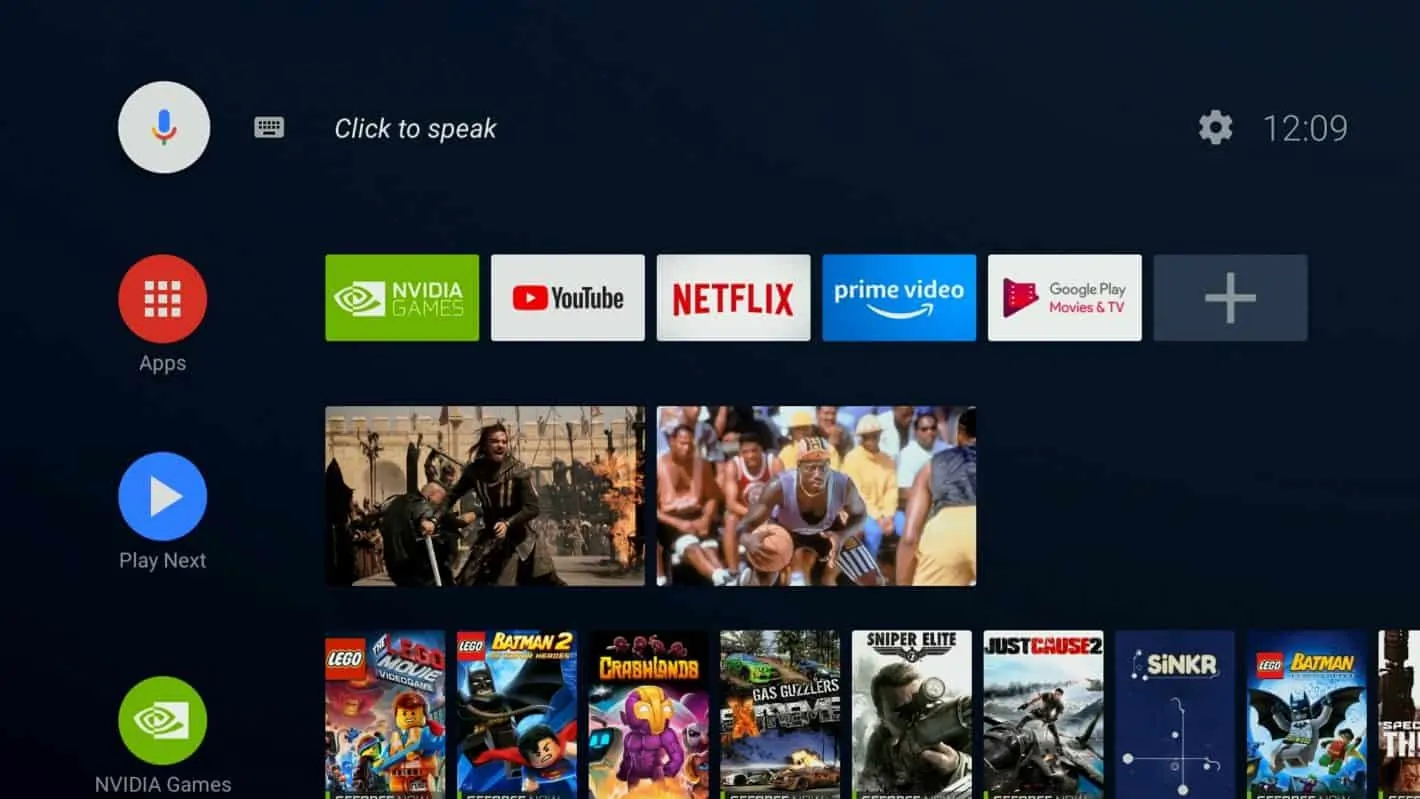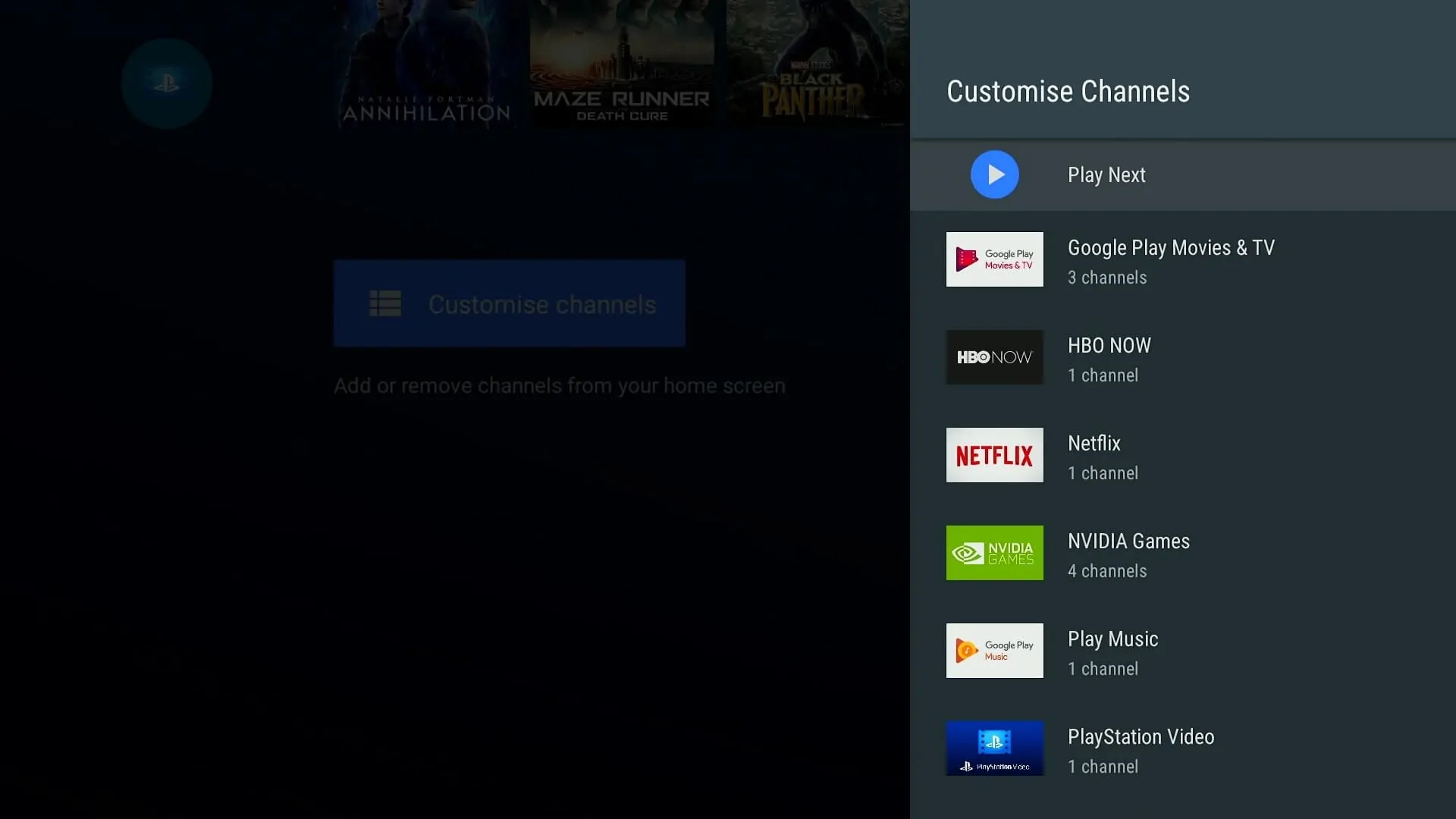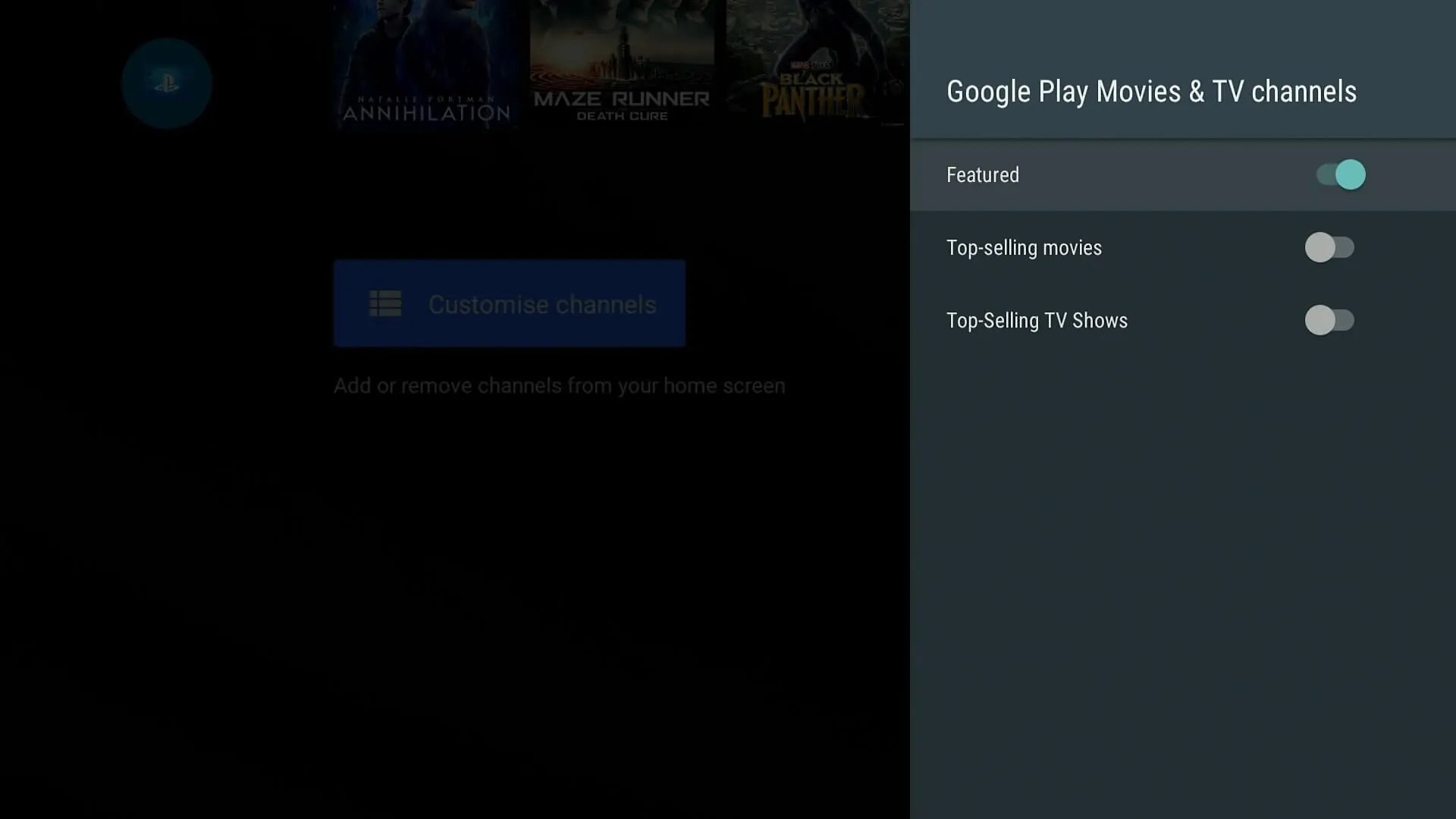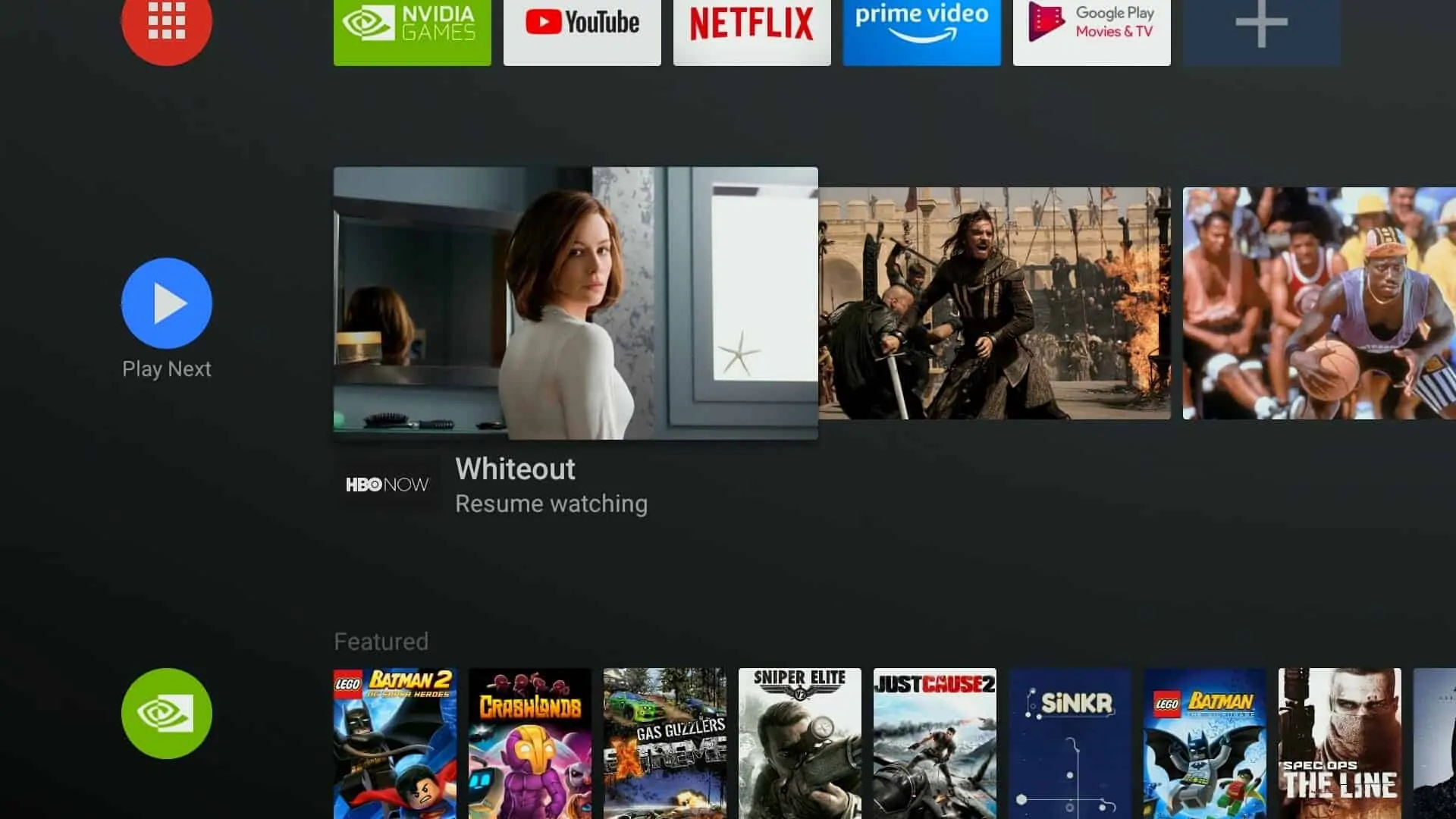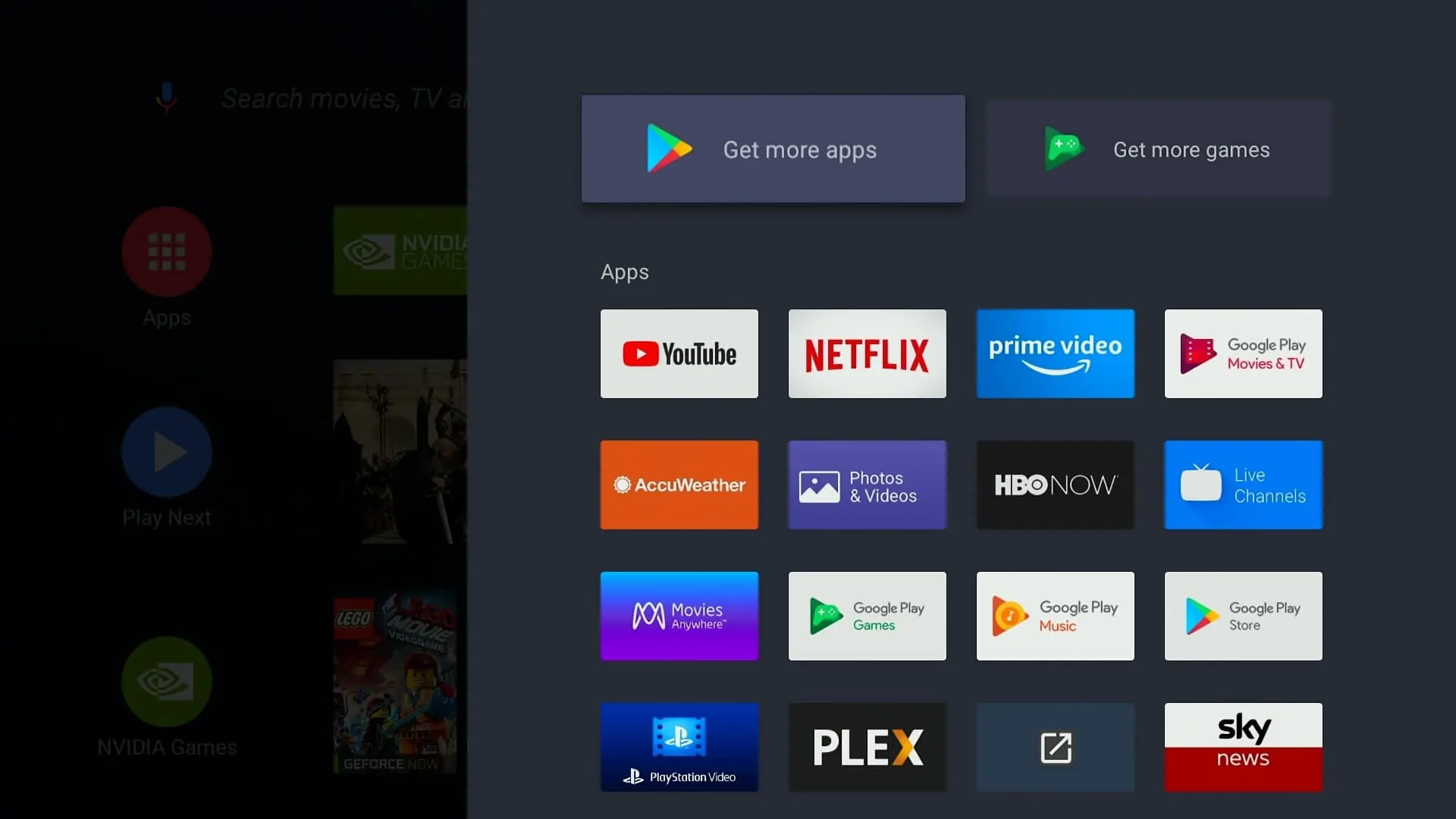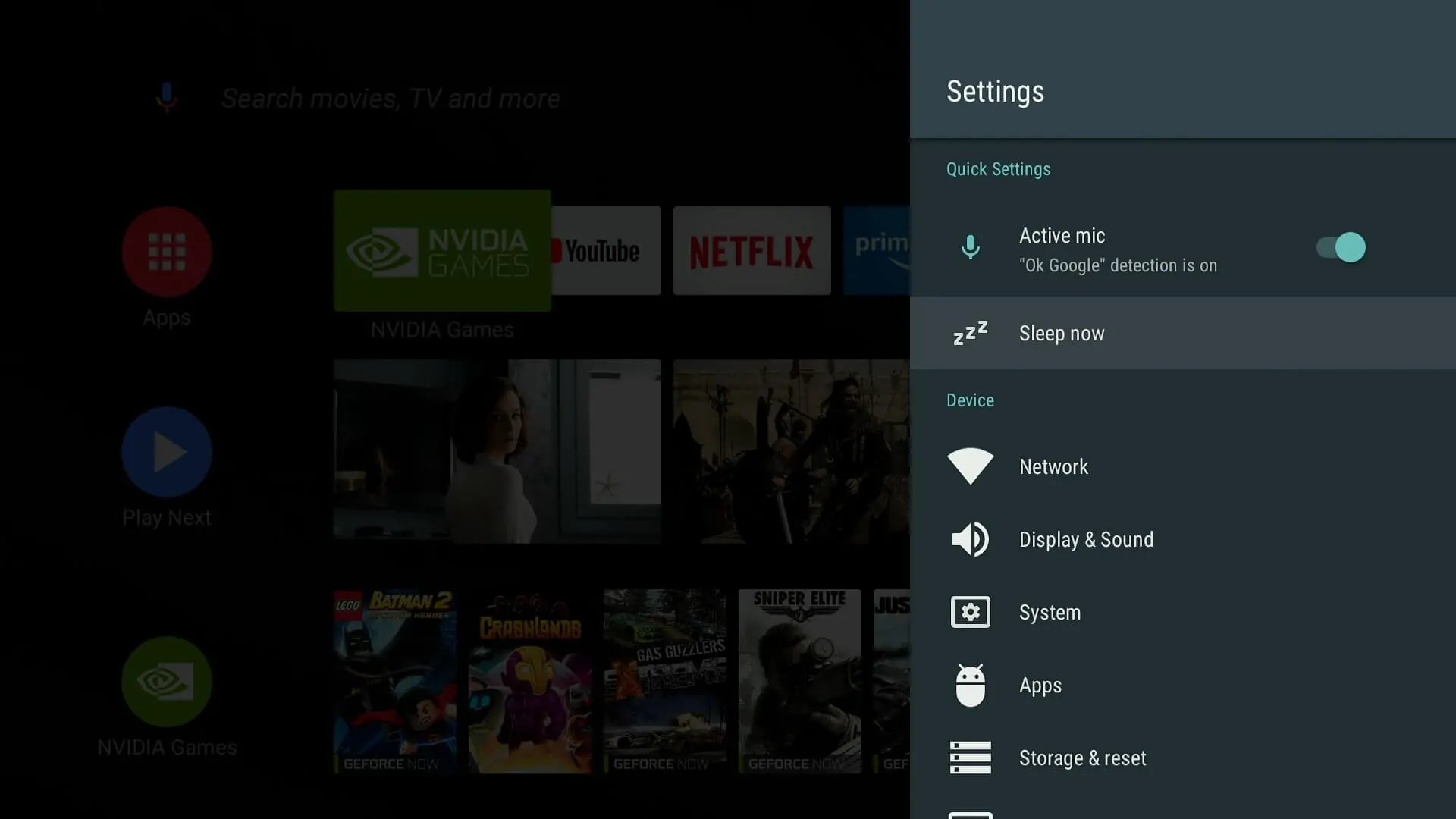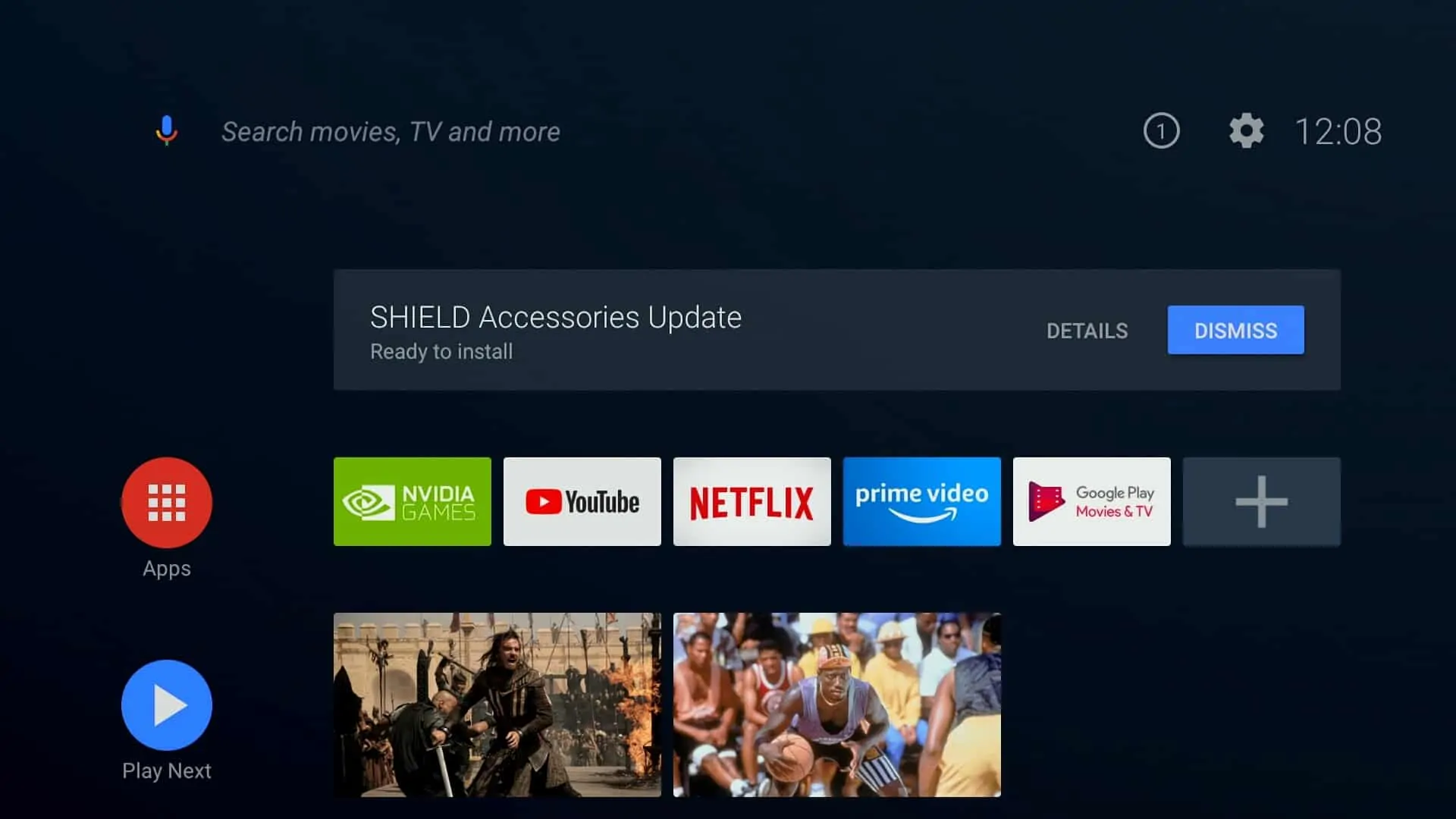This week saw NVIDIA announce the rolling out of an Oreo update for the SHIELD. This was a pretty big announcement in the world of Android TV as the SHIELD is for many people the go-to Android TV player. Not to mention, Oreo in general has been largely absent from Android TV and something that seems highly unlikely to change anytime soon. Unless a consumer buys a brand new TV set that comes running on Oreo (even the chance of it being Oreo is somewhat unlikely) it remains to be seen how many current devices will get their update to Oreo.
Of course, NVIDIA has always been different in this respect and committed to bringing fast and frequent updates to its SHIELD products and the company has largely made good on that promise. While Oreo in particular has not been the quickest of updates from NVIDIA, part of that has been due to how much of a change Oreo brings with it. Something NVIDIA stated this week (and has done before), with the company looking to ensure it was right for its users before it made the update available. In either case, Oreo is now here, and so far is looking pretty good.
Channels
This is by far the biggest visual change with Oreo and the one users will need to get most used to quickly. As apps are a thing of the past in the minds of the Android TV team with the powers that be opting for a ‘channel setup’ on the home screen. In other words, apps are now considered channels and the layout of the home screen is more akin to that of a TV guide with users scrolling down apps much like they would channels in a guide. Continuing with that guide theme each channel now shows a selection of what’s on. Unlike typical guides, however, this is less of a linear (what’s on now, next, and later – in order) and more on demand (what’s on in general). And this last point is important point to note as app developers are able to create more than one channel for their app(s). For example, Google Play Movies & TV currently has three channel options, while NVIDIA has four.
Which is where the customization really comes into play as Oreo is all about each TV guide looking how the user wants it to look. So not only can users choose whether or not they want a HBO NOW or Hulu channel on their home screen, but they can also choose which of the channels from a single provider they want to see. In the context of Google Play Movies, this means users can opt for a GPM channel that shows “featured” content, or a channel which only shows the “top-selling movies,” or of course – one that only shows “top-selling TV shows.” This is where the actual distinction between apps and channels also comes in, as while apps are now referred to as channels, one app is not necessarily one channel with users able to select a specific channel of content from an app – not all of the content from that app or just the content that app specifically wants you to see. In other words, it is a content-first approach, not an app-first approach.
There are some downsides and caveats to this though. The first and likely most important is that apps need to support the new layout for it to work. Likewise, if an app developer decides to only offer one channel, then there is less choice and customization on offer. In this case that channel simply reverts back to more of an ‘app’ status. Another downside to this approach is that the number of apps that can be displayed in view on the home screen has been greatly reduced. As like a TV guide you have to scroll to see more with only a few apps/channels visible at any one time. While the list can be customized, if a user has, and uses a lot of different apps then this is going to feel like a cumbersome approach with more emphasis placed on the user scrolling and clicking through to get to those additional apps.
Play next
This is one of the Oreo feature which users will likely immediately benefit from, although after first updating it is useless. As the feature relies on its ability to know what you are watching and how much of something you have watched. Essentially, this is a ‘resume watching’ feature and once a show or movie has been partly watched and left unfinished, it will be populated here for the user to pick back up when they are ready.
What makes it a little bit different is that it also looks to do the same at the episode level. So for example, if someone watches an episode of a series then it is likely the next (totally unwatched) episode in the series will also show up here. Though, it is important to note this will only happen if the user has watched an episode of the show as this is not like the old recommended feed as Play Next is not designed to populate content you have not watched. Only the stuff you are considered to be in the process of watching will be displayed. That’s an important and user-first distinction compared to previous versions of Android TV which populated more random content.
The Home button
The Home button on the SHIELD is now different as following the update to Oreo the Home button now acts as a gateway to all apps. Users benefit from this by holding down the Home button which then launches a side menu that provides quick access to all the apps installed on the device. In many ways, it launches the pre-Oreo home screen.
While this is a good addition and one designed to mitigate against the issue of a lack of apps in-view at any one time, it also comes at a price. Prior to the Oreo update holding down the Home button would launch a screenshot/sharing feature and this has now gone with NVIDIA confirming the feature was retired in favor of making it easier to access all apps, more quickly. Although NVIDIA has confirmed users can still take screenshots by utilizing a Bluetooth or USB keyboard and connecting the SHIELD to a PC.
Settings
Not too much has changed in the way of settings although accessing settings is now quicker than ever thanks to a shortcut that has now been mapped to the Back button. All users have to do is hold down the Back button and the settings menu will surface over the top. Although, like the Home button this also does come at a slight click cost, as before the Oreo update holding down the Back button would launch the power menu allowing users to quickly put the device into sleep mode, power it down, or restart it. Realistically, this is not a big deal for Sleep now as this has been added to the SHIELD’s Settings menu in Oreo and right near the top.
So the number of clicks to get to Sleep now is the same as it was before. To power down or restart, however, users need to hold down on the Back button to open the settings, scroll down to “About” and then down to either “Power Off” or “Restart.”
Overall how does Oreo feel?
NVIDIA has done a good job with the Oreo update. Enough of the big name apps support the channel layout to make it worthwhile as soon as the update has been applied and the approach does make it much quicker to access specific content. So getting to Westworld for example, is now so much quicker than having to launch the HBO NOW app, go to “Featured” and then click on Westworld to get to the same place. So it is much better in this respect and does make it easier to find content, and with the customization in effect the general idea is users will only be primarily exposed to the content from apps and providers they want to be. So it is good and does feel better on the SHIELD than it did on the Nexus Player.
Yes, there are some compromises and for some (those who use a lot of apps, all the time) this will feel like a step backwards as navigating the system at the app level is now much harder now. Likewise, the screenshot tool having been removed is a big blow to the SHIELD experience as this was a very nice addition and one not found on many Android TV devices. Which sort of highlights the main point with Oreo as this seems to be more of an interface designed for everyone and not necessarily for those who are highly interested and invested in Android TV. Whether or not that is right, that does seem to be the way Google and the Android TV team are moving with this platform. On a last note, notifications are also now far more prominent – which is always helpful.

